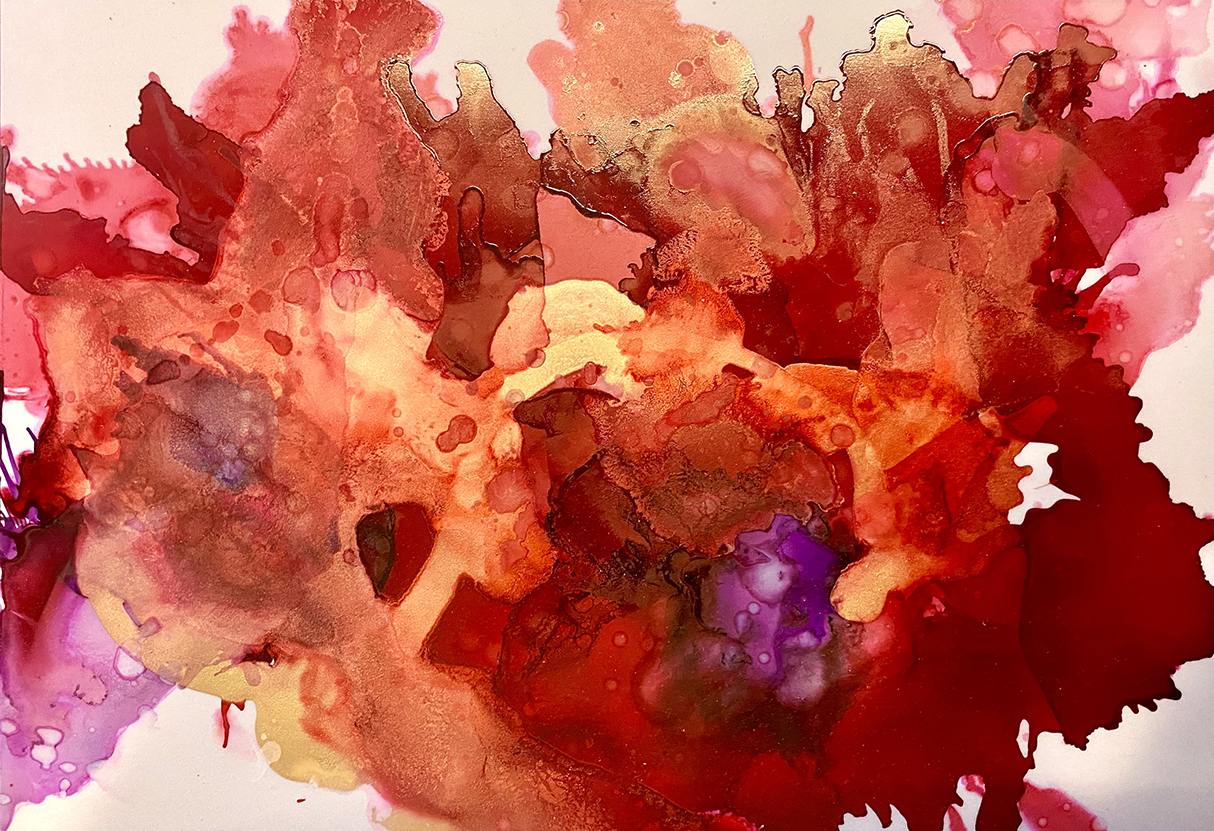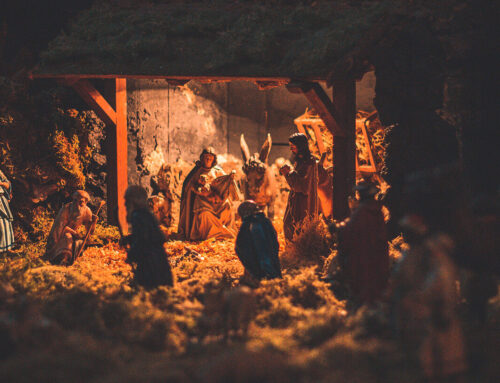Advent begins as a solemn time. It’s the story of a woman who is the archetype of power and hope within her body. Our invitation this year is to encounter and embrace this solemnness, much like the story of Mary, as an embodied practice. Embodied spirituality is reintegrating our emotional and interior lives with the physical. This is the week for practicing connecting to emotion and making it an embodied experience through movement. This can look like dancing, but also simpler movements – a stretch, a slowness, rocking while sitting at your desk, walking in a favorite place. Music can help. Any movement that bring emotions tucked away to life.
Advent asks us to listen to our bodies. It is a season of bodily nurturing and tenderness, much like the story of Mary attuned to her body. #Advent Click To TweetAdvent asks us to listen to our bodies. It is a season of bodily nurturing and tenderness, much like the story of Mary attuned to her body. When we overfocus on the invisible things at the expense of the material, like Earth and our bodies, we miss the beauty and suffering of life around us, those experiences we can respond to with our bodies. While we may think it’s a good idea to avoid suffering, what we are called to is engaging with ALL of life – what brings us closer to those places of tenderness, ours and others. The quality of the hurt can mean something if I listen.
In the first week we wait in the dark. There can be much tension in the dark, but we should also remember it is a time to gestate the habit of rest, allowing life to move through our bodies. Our wounds are deep within us as unfinished, unlived experiences. So we must touch what is deep within, embody it and give it a place to live that’s not within your body. Allow the body to direct where you let it live. Let it live in your movement, your music, art, writing and allow the idea that light is eventually coming – just not yet – to devour the suffering.
Embodied spirituality knows your body is not a coffin, a place for woundedness to live. Acknowledge what comes to the surface and engage the practice of the stillness of Advent to take it from you. While I will never know Mary’s lived experience, one thing I have learned through embracing the dark, is the power and hope of my own body. My physical body is good for something, it is mine to use for love, mercy, and belonging for all.
Questions for contemplation
- How does Advent form us into an embodied spirituality?
- What is the cost of abandoning/neglecting our bodies as we wait for justice, mercy, love and the birth of the Gospels through our bodies?
- In a world that discards and neglects particular bodies, what does it mean to tend to the physical—every nap, every stretch, every glass of water?
Communal Practice for the week:
- Keeps lights low. This activity is no more than 10 minutes. Practice focusing on breath. No particular pace or depth to the breathing, no need to suggest any change in the pace or rhythm of the breath. Just flow with the natural rhythm of your breath.
- When you find different places of tensions or contraction, silently say “I give myself large doses of grace.” As you reflect, just notice it.
- Now bring your attention to the weight of your body, feeling yourself held by the chair or cushion if you are seated; or if you are lying down, feeling the ground under your body; or if you are standing, feeling the ground under your feet.
Embodied Practices for the week:
- Write a poem or psalm of lament. Name the wounds or suffering you are holding as this year closes.
- What stories taught you to alienate your emotion from your body?
- When you are tired, rest. When hungry, eat. When thirsty, drink. Do this in silence and remind yourself that you are taking rest, food, and drink not just for yourself, but for others who cannot.
Advent Week 1: In the Dark While We Wait






Rev. Kelly, Soul nourished I felt last Sunday & again today as I experienced your talks at Unity Village Chapel — and again just now as I read week one & two of your advent messages. Thank you for being on the planet right now & sharing who you are. Grateful I am that you were born, & that the Christ is born in you (or however you say that in the way that most deeply resonates with you!). Love & blessings from Jan Barrett, UVC member in Quincy IL
Just read your Advent Love passage. Thank you for sharing your love with all!! ❣️🎄
This is beautiful! Thank you so much Rev. Kelly.